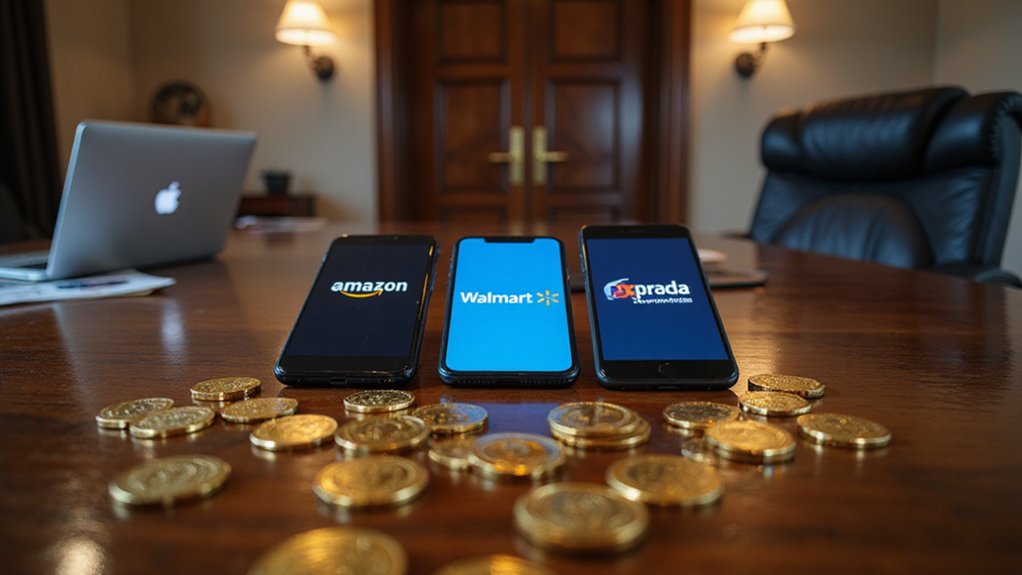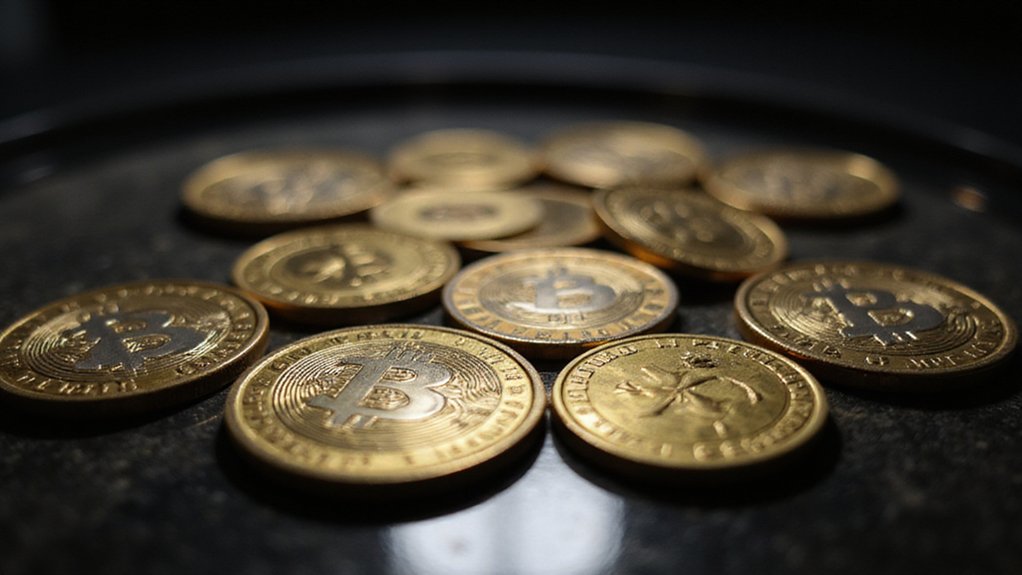The cryptocurrency market’s latest spectacle unfolded with characteristic fervor as Plasma’s stablecoin vault managed to hoover up $500 million in deposits within 48 minutes—a feat that would make even the most seasoned venture capitalists pause mid-sip of their third espresso.
This lightning-fast capital accumulation across 1,100 wallets demonstrates either remarkable market confidence in stablecoin-focused blockchain infrastructure or the collective financial equivalent of a stampede.
The mathematics behind this fundraising frenzy reveal telling patterns about crypto’s current power dynamics.
While the median deposit settled at a relatively modest $35,000 per wallet, the average contribution soared substantially higher—a statistical divergence that speaks volumes about wealth concentration.
The top ten depositors alone commanded over 40% of the total raise, transforming what might have appeared as grassroots enthusiasm into something resembling an exclusive country club gathering.
Plasma’s blockchain architecture specifically targets stablecoin operations, supporting major players including USDT, USDC, USDS, and DAI through audited smart contracts on Ethereum. The vault’s composition reflects this diversified approach, with USDC holdings representing $345 million of the total raise.
The token sale allocated 10% of Plasma’s total supply, establishing a fully diluted valuation of $500 million—a figure that conveniently aligns with their earlier equity round pricing.
The overwhelming demand necessitated rapid adjustments to accommodate investor appetite.
Initially capped at $500 million, the deposit limit doubled to $1 billion as contributors continued flooding the platform.
The revised cap filled within 30 minutes, suggesting that crypto’s appetite for stablecoin infrastructure remains voracious despite broader market uncertainties.
Perhaps most remarkably, some participants demonstrated their commitment through extraordinary means—one wallet reportedly spent over $100,000 in Ethereum gas fees alone, raising questions about either unwavering conviction or mathematical proficiency. The platform leverages Bitcoin as settlement layer to enhance trust and security for its high-throughput transaction processing.
Such dedication to participation, regardless of transaction costs, hints at expectations for substantial returns.
Plasma’s success may herald a broader revival of initial coin offerings, particularly those targeting institutional-grade infrastructure. The MakerDAO governance structure behind DAI demonstrates how decentralized autonomous organizations can maintain stablecoin stability through community-driven parameter adjustments.
The company plans a subsequent public sale worth $50 million at consistent valuation metrics, while preparing for mainnet beta deployment.
Whether this represents genuine innovation or merely another chapter in crypto’s ongoing narrative of speculative excess remains to be determined as funds bridge toward actual utility.









